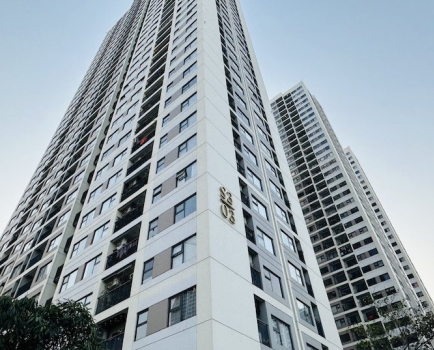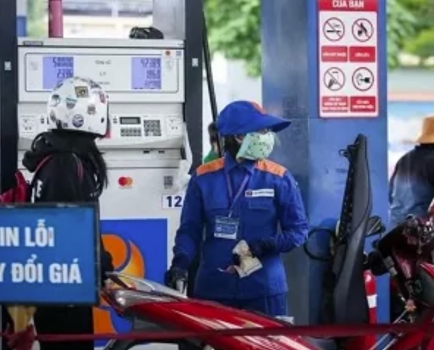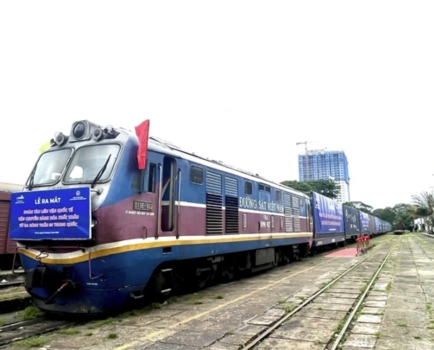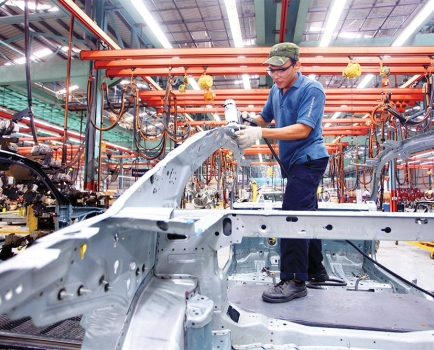Will the Mekong Delta sink by 2100?
Mon, 17 Jun 2019 21:23:00 | Print | Email Share:
The Mekong Delta loses 300 hectares of land each year because of river and coastline erosion, according to the Ministry of Agriculture and Rural Development (MARD).
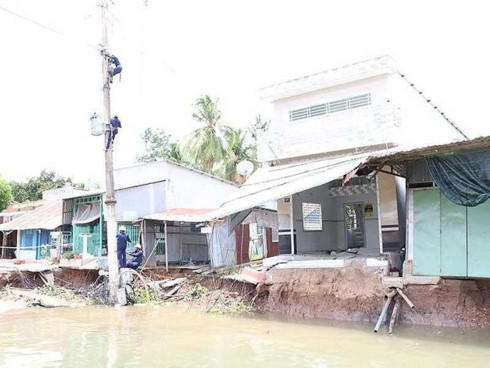
“The total land area lost in the last 10 years has reached over 3,000 hectares,” Tang Quoc Chinh from the Natural Calamities Control Department confirmed, adding that the landslides in the Mekong Delta are increasingly serious.
Chinh attributed the serious landslides to the many hydropower reservoirs on the Mekong, from China to Myanmar, Laos, Thailand and Cambodia.
On the mainstream of Mekong, there are 19 reservoirs, of which seven in China have been built and one is under construction. In Laos, two are now being built, and another two are going to be built.
On the tributaries of the Mekong, a total of 142 reservoirs have been built, or are under construction, or planned.
Hydropower reservoirs will increase landslides in the Mekong Delta. These reservoirs prevent sediment from flowing downstream. Sediment has the effect of consolidating the delta and preventing erosion.
Another reason behind the increasingly serious landslides is the overexploitation of sand in the upper course of the Mekong.
With the current sand exploitation and the rapid rise of reservoirs, the amount of sediment reaching the Mekong Delta is expected to decrease by 97 percent by 2040 compared with the years before 2007.
The decrease in sediment, plus the longstanding living habit of building houses on riverbanks, both increase the load on the banks, creating more serious landslides. Nearly 600 landslide spots have been found in the area, of which 59 are serious and need urgent treatment.
Besides landslides, the Mekong Delta is also suffering from serious subsidence. According to the Norwegian Institute of Geological Disaster, the Delta subsides 1-2 centimeters each year, and 3 centimeters in some places. The subsidence increases the risk of riverbank and coastal erosion.
A research team from Utrecht University in February 2019 warned that Mekong Delta is facing a crisis because of uncontrolled underground water exploitation, which leads to land subsidence especially in the context of rising sea waters.
The research team predicted that with the current subsidence level, the entire Mekong Delta will be under water by 2100.
According to Chinh, it is necessary to apply technological solutions to mitigate the sediment deposition at reservoirs. Building systems that help discharge sand downstream is important, but the solution hasn’t helped much. It is also necessary to draw up a river correction plan, under which narrow river sections would be expanded to ensure large spaces for flood drainage.
By: Vietnamnet/VOV
---------------------------------------------
Same category News :




